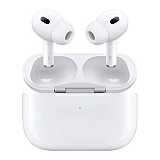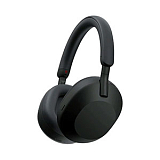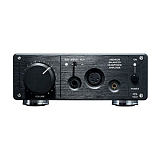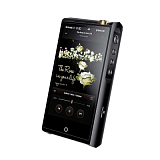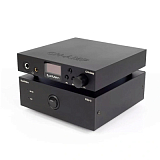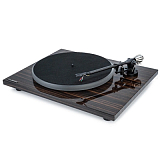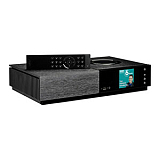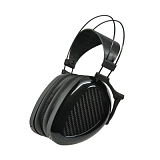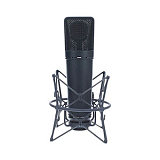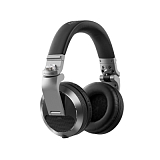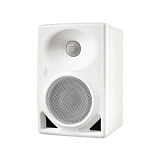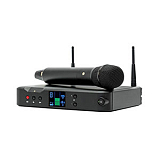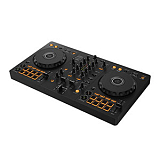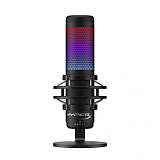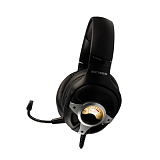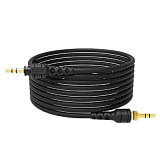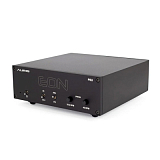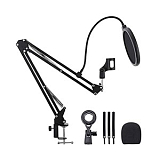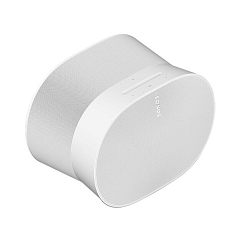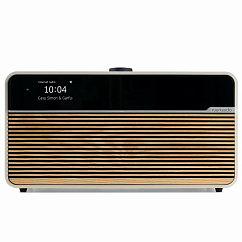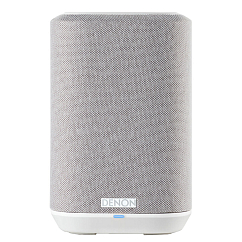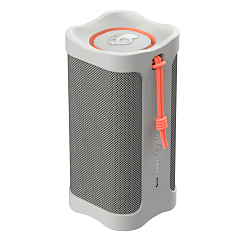What Are Mono and Stereo Sound Formats?
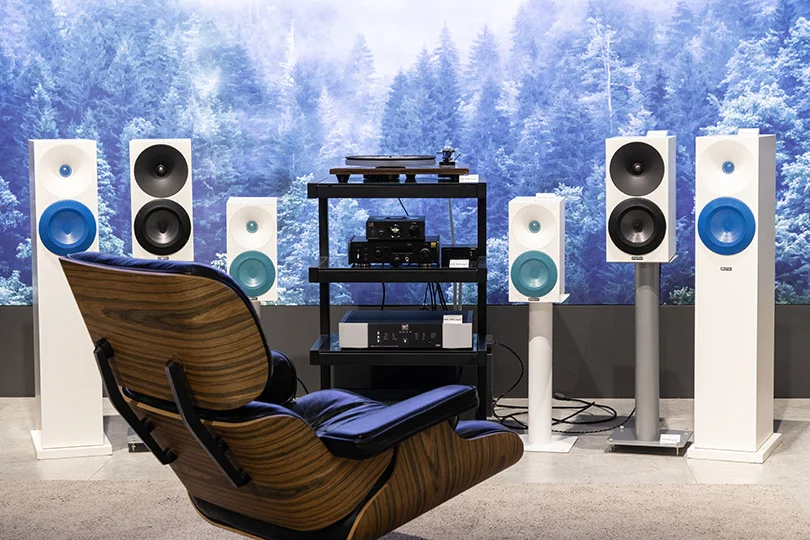
Contents:
As listeners, it's essential for us to ensure we're getting the best quality playback of our favorite music. Sometimes, this comes down to choosing between mono and stereo, such as when selecting a wireless speaker. It might be easy to assume that stereo is always better, but there are reasons why mono remains popular. In this article, we'll explain the difference between the two formats and explore the advantages of each.
The Nature of Sound
Sound is a series of vibrations that travel through a medium, such as air or water, and reach our ears in the form of waves. These waves are then processed by our auditory system, and we perceive them as sound. The frequency of these vibrations determines pitch, while amplitude corresponds to the volume of sound.
Wireless speakers:
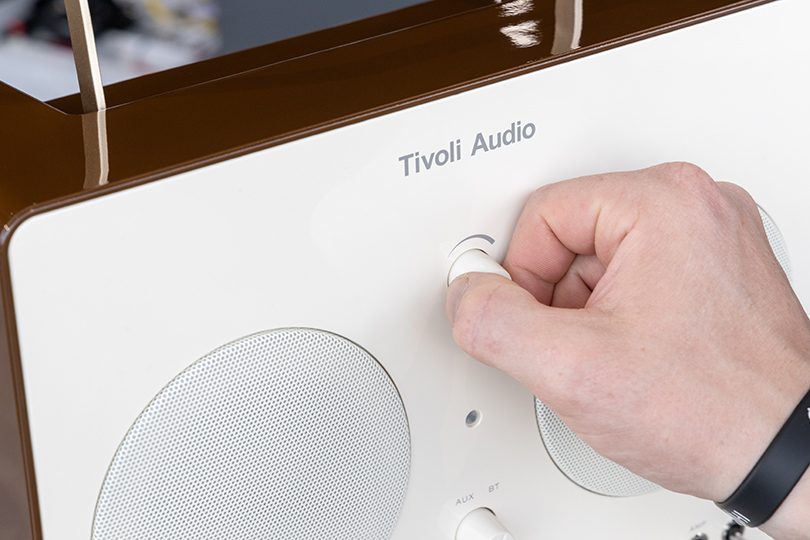
Sound waves can reflect or refract, leading to phenomena such as echo and reverberation. Understanding how sound interacts with surfaces and environments is crucial in fields like acoustics and audio engineering.
What Is Mono?
"Mono" is short for "monophonic," meaning "one sound." When a speaker is described as mono, it means it has one audio channel for playback. When you listen to music, all elements of the song—such as guitars, drums, and vocals—are combined and played through the same channel. All audio signals are merged into a single stream in recordings, resulting in a unified sound field without spatial separation.
Mono is created in several ways:

- Single Microphone Recording: Mono recordings are often made using one microphone to capture the source. This is useful when recording vocals or a single musical instrument, where simplicity and focused sound are required.
- Mixing: Even when multiple instruments are involved, they can be mixed down to mono by combining all channels into one. This is commonly done in live sound reinforcement or recording systems where separation isn't necessary.
Key Features
- Lack of Spatial Separation: Mono audio does not have the spatial distinction found in stereo, as it merges all sound sources into one. This means you won't hear sounds coming from the left or right; the sound will come from a single point.
- Simplicity: With only one channel, mono is straightforward to work with. It's used in applications like telephone communications, public address systems, podcasts, and radio broadcasts.
- Compatibility: Mono is highly compatible with a wide range of playback systems and devices, including smartphones and wireless speakers.
What Is Stereo?
While mono is limited to one audio channel, stereo uses two: left and right. This creates a more realistic and immersive listening experience. By separating the signal into two distinct channels, stereo provides "cues" that help create a sound image. This separation mimics how we perceive sounds in a natural environment, where they reach our ears at slightly different times and volumes.
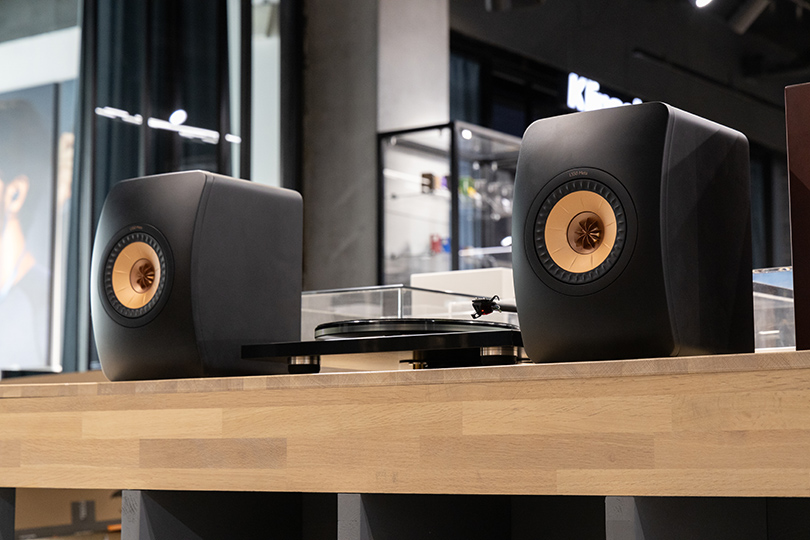
The technology has evolved over the years, with methods like binaural recording using specialized microphones to mimic human perception. This approach creates a three-dimensional listening experience, enhancing the listener's sense of presence.
Key Features
- Two Channels: Stereo consists of two audio channels, usually designated as "left" (L) and "right" (R). Each carries a separate part of the audio stream, providing separation and clear placement of sound sources.
- Spatial Perception: Signal separation gives a sense of depth and directionality. It mimics how we naturally perceive sound by assigning different elements to each channel. For example, if a guitar is playing on the left side, it will be louder in the left ear or speaker, giving the listener a sense of space.
- Panning and Localization: Stereo allows for the placement of instruments and vocals within the sound field, a technique known as "panning." Sounds can be positioned anywhere between the left and right channels, creating a lively audio landscape. This method is used in music production, movies, and games.
Difference Between Mono and Stereo
The following table highlights the key differences between the formats:
| Feature | Mono | Stereo |
| Immersion in Sound | Limited | Realistic |
| Sound Localization | No clear positioning of sound sources | Precise placement of sound sources along the horizontal axis |
| Device Compatibility | Wide | Wide |
| Focus | Directs attention solely to audio content | Creates an immersive sound experience with a sense of space |
| Usage | Phone calls, public address systems, podcasts, radio | Home and professional audio equipment |
| Spatial Perception | Lacks spatial separation | Provides spatial separation and directionality |
Application of Mono and Stereo
When it comes to production and sound design, the choice between mono and stereo is crucial in shaping the final listening experience. Mono is often preferred when a direct and focused sound is needed. This is useful for recording vocals and solo instruments, where clarity and precision are paramount. On the other hand, stereo with its two-channel output offers a broader and more immersive listening experience. It is used in music production to create a sense of width and depth, making the listener feel surrounded by the music.
Which Sound Is Better?
The choice depends on the listening scenario. Stereo is better suited for music, movies, and games because it immerses you in the experience. Moreover, most modern tracks are mixed in stereo. However, it doesn't unequivocally surpass mono.
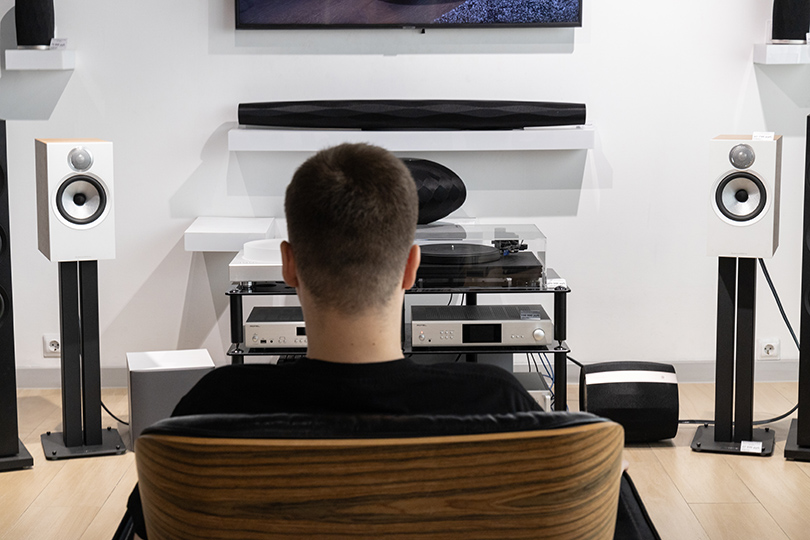
As mentioned, mono is preferable when clarity of a single voice or instrument is the focus. So, if you primarily listen to podcasts, mono will be ideal. The format is also optimal for background music, especially when you have multiple speakers (e.g., ceiling-mounted) covering a large area. In this scenario, mono ensures that everyone hears the same sound at the same volume as they move around the room. Mono is commonly used in retail environments
Do Wireless Speakers Play Mono or Stereo?
Depending on the model, they can support both options. When a mono speaker plays stereo, it combines the channels into one. Many speakers, like the Tivoli SongBook, can play stereo because they have separate drivers for the left and right channels. If you play mono on it, the left and right channels will duplicate the same audio signal.
Some speakers, such as the Anker Soundcore Rave Neo, can pair into a stereo setup. When you connect two speakers, one becomes the dedicated left channel and the other the right, providing a wide and rich soundstage.
Wireless speakers:
Conclusion
Although the "stereo revolution" happened back in the 1950s when Hi-Fi began to emerge, mono is still in use today. Choose the listening format based on your needs and the situation. The main difference between mono and stereo lies in the number of audio channels and spatial perception. At Dr.Head, you can test audio playing in both formats to see which one suits you best.
